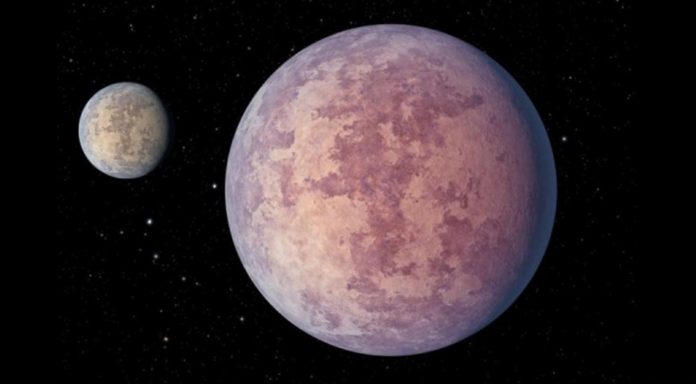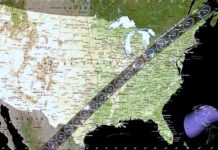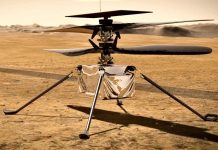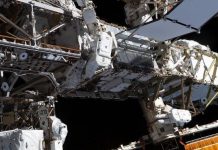
June 16 (UPI) — NASA announced Wednesday it discovered two rocky exoplanets similar to Earth orbiting a dwarf star near our solar system but are believed to both be too hot to sustain life as we know it.
The space agency’s Transiting Exoplanet Survey Satellite mission, or TESS, said the planets are 33 light-years away, some of the closest rocky exoplanets ever found.
“Both planets rate in the top 10 candidates for atmospheric characterization among all terrestrial exoplanets so far discovered,” said Pat Brennan, NASA’s Exoplanet Exploration Program, said in a statement.
Both planets are considered “super earths,” with planet HD 260655 b being 1.2 times the size of Earth and HD 260655 c being 1.5 times the size of Earth. Both orbit the red dwarf star HD 260655.
Brennan said, though, that researchers believe the temperatures would make it difficult to sustain life. Planet B is believed to have a temperature estimated at 816 degrees Fahrenheit and Planet C at 543 degrees Fahrenheit.
“Actual temperature depends on the presence and nature of possible atmospheres,” Brennan said.
Brennan said NASA now has the advantage of the James Webb Space Telescope, which can now give researchers a much better view of the exoplanets.
“The giant James Webb Space Telescope, soon to deliver its first science images, can examine the atmospheres of exoplanets — planets beyond our solar system — to search for water, carbon molecules and other components,” Brennan said.
“Learning more about the atmospheres of rocky planets will help scientists understand the formation and development of worlds like our own.”
An international team of astronomers led by Rafael Luque of the Institute of Astrophysics of Andalusia, Spain, and the University of Chicago, used TESS data to make the discovery.






